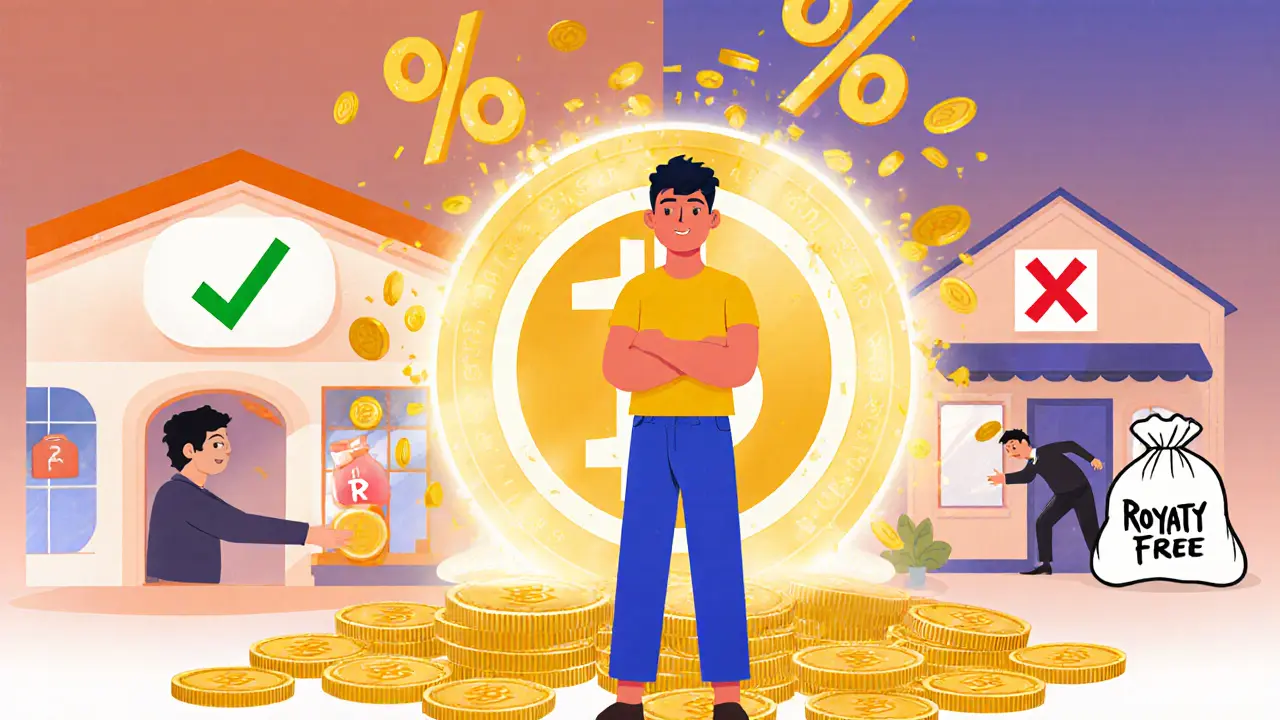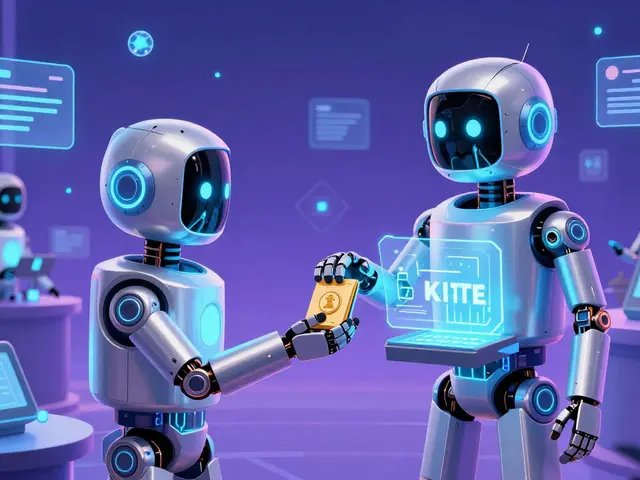Secondary Sales in Crypto: What They Are and Why They Matter
When you buy a crypto token after its initial launch — whether from another trader, a liquidity pool, or an exchange — that’s a secondary sale, a transaction where a crypto asset is resold by a holder after its original distribution. Also known as secondary market trading, it’s how most people actually get exposure to new tokens, not through airdrops or presales. Unlike the first round of sales (which often go to investors, teams, or early backers), secondary sales reflect what real users and traders are willing to pay right now. This is where the real test of a token’s value happens.
Secondary sales are deeply tied to tokenomics, the economic design behind a cryptocurrency, including supply, distribution, and incentives. If a project dumps a huge chunk of tokens on the market after launch, secondary sales can crash the price. But if demand stays strong — like with tokens tied to real utility or community growth — secondary sales can actually signal confidence. You’ll see this in posts about crypto airdrop, free token distributions meant to bootstrap user adoption projects like Shield DAO or Sphynx Network. People who claim those airdrops often sell their tokens immediately on secondary markets. That’s not cheating — it’s just how the system works.
Secondary sales also reveal who’s holding the bag. If a token’s early investors are selling big while retail traders are buying, that’s a red flag. If the opposite is true — early holders are holding, and new buyers are entering slowly — that’s a sign of healthy adoption. This is why posts about crypto trading, the act of buying and selling digital assets on exchanges often dig into on-chain data: tracking wallet movements, exchange inflows, and large sell-offs. You can’t understand why MCASH crashed or why ZWZ is risky without looking at secondary sales patterns.
And it’s not just about price. Secondary sales affect liquidity, exchange listings, and even future airdrop eligibility. Some projects track how many users actually trade their tokens after claiming them — if no one sells, they might reward those wallets with more future drops. Others ban wallets that flip tokens too fast. That’s why guides on KCCPAD, Cryptopolis, or Mones airdrops always mention secondary activity — it’s part of the game.
Bottom line: secondary sales aren’t just noise. They’re the heartbeat of a token’s real-world demand. Whether you’re chasing a new airdrop, holding a meme coin, or analyzing a DeFi project, you need to know who’s selling, who’s buying, and why. The posts below break down exactly how secondary sales shape the outcomes of real crypto projects — from the quiet ones that fade away to the ones that explode because traders kept buying.
NFT Marketplace Royalty Policies: How Creators Get Paid After the Sale
NFT royalties let creators earn from secondary sales, but not all marketplaces pay them. Learn how ERC-2981 works, why platforms like Blur ignore royalties, and what’s being done to fix it in 2025.





